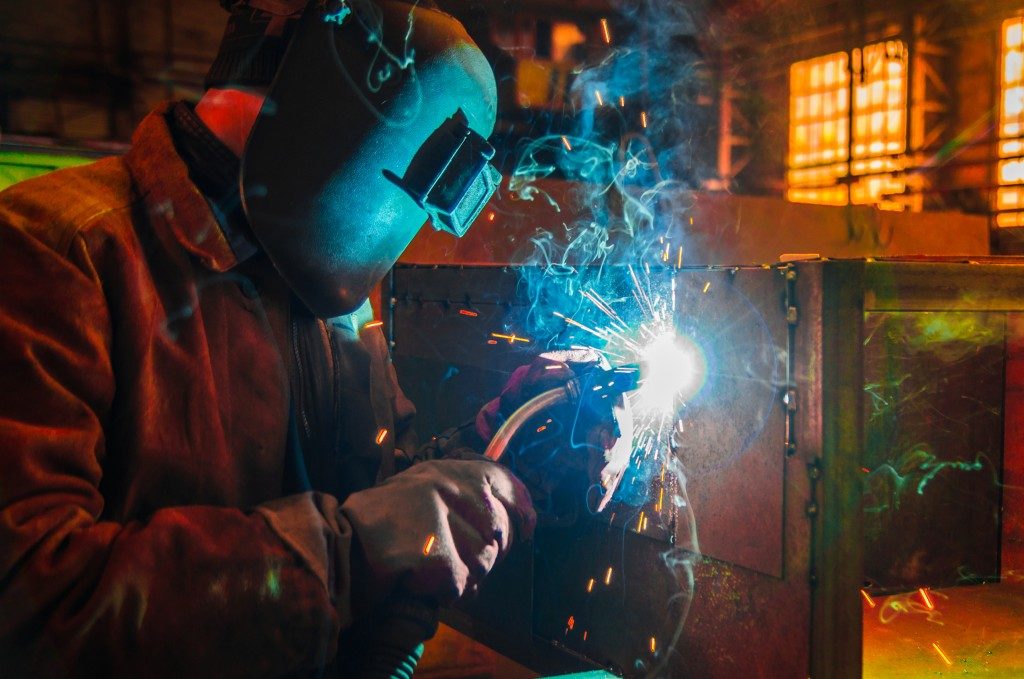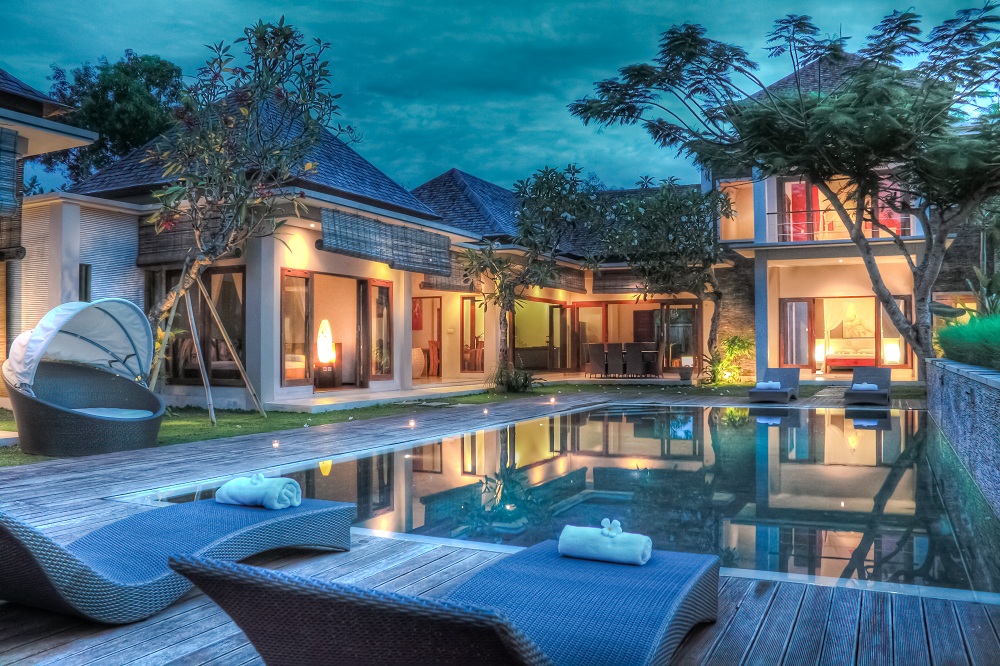Welding is a highly hazardous job that involves working with intensely bright lights, which contain infrared and ultraviolet rays that can potentially cause irreversible eye damage. This is where welding helmets come in handy; they protect the users against the adverse effects of arc radiation. The importance of protective headgear is not restricted to shielding welders from bright lights; it also extends to protecting them against flying fragments of slag and heat, not to mention hot pieces of metal.
A welding helmet is also among the most visible components of the safety attire, so the wearer can use it to add a fashionable flair to their dressing code. With the welding market being peppered with a wide range of helmets featuring a wide range of graphics and colours, a prospective user might find it hard to choose the ideal headgear for their needs. Discussed below are various types of welding helmets and their features:
Auto-darkening Welding Helmet
This helmet is designed to darken automatically upon detecting the welding arc. With this headgear, the user enjoys protection despite having activated the helmet. These helmets are particularly essential for enhanced productivity in the majority of applications such as manufacturing fences. This is because they eliminate the need to constantly remove the headgear. Thus, they minimise fatigue for expedient completion of the job. Auto-darkening helmets provide welders with improved vision and scope, allowing them to inspect their project in detail without damaging their eyes.
Fixed Shade Lenses

These helmets lack auto-darkening filters, implying that they can’t adjust to varying levels of arc brightness. With their viewing lens featuring static UV and IR filters, these helmets offer the same level of protection, regardless of the number of light amps produced by the weld. Therefore, the welder is tasked with ensuring that the material and voltage they’re using is standard, such that they won’t require extra levels of darkness for eye protection. If you’re contemplating working with different welding materials, welding equipment providers will advise you against investing in these helmets. Generally, fixed-lens welding helmets come in various shades ranging from 9 to 13.
Variable Shade Lenses
When it comes to convenience, these helmets beat their counterparts with fixed lenses hands down. The user is afforded more freedom to adjust to any welding material and method with ease. As such, switching between projects and joining multiple kinds of metals becomes easy. With this type of helmet, the welder doesn’t need to change the lens constantly. Such flexibility allows them to complete the chore at hand quickly. This doesn’t imply that they’ll be compromising on their safety. The lenses will provide the required protection against all levels of arc brightness.
Every welder recognises the need to protect their face and eyes from the dangers of arc radiation. A good helmet does not only protect the skin and eyes from rogue sparks, but it also shields the user against potentially vision-damaging infrared and ultraviolet rays. Armed with the information given above, you can now search the market with confidence for your ideal welding helmet based on your specific requirements. While choosing a welding helmet is largely a matter of personal interest, remember that darker lenses are likely to cause reduced eye stress in the long run. Nonetheless, your selected helmet should afford you sufficient visibility of your weld.



